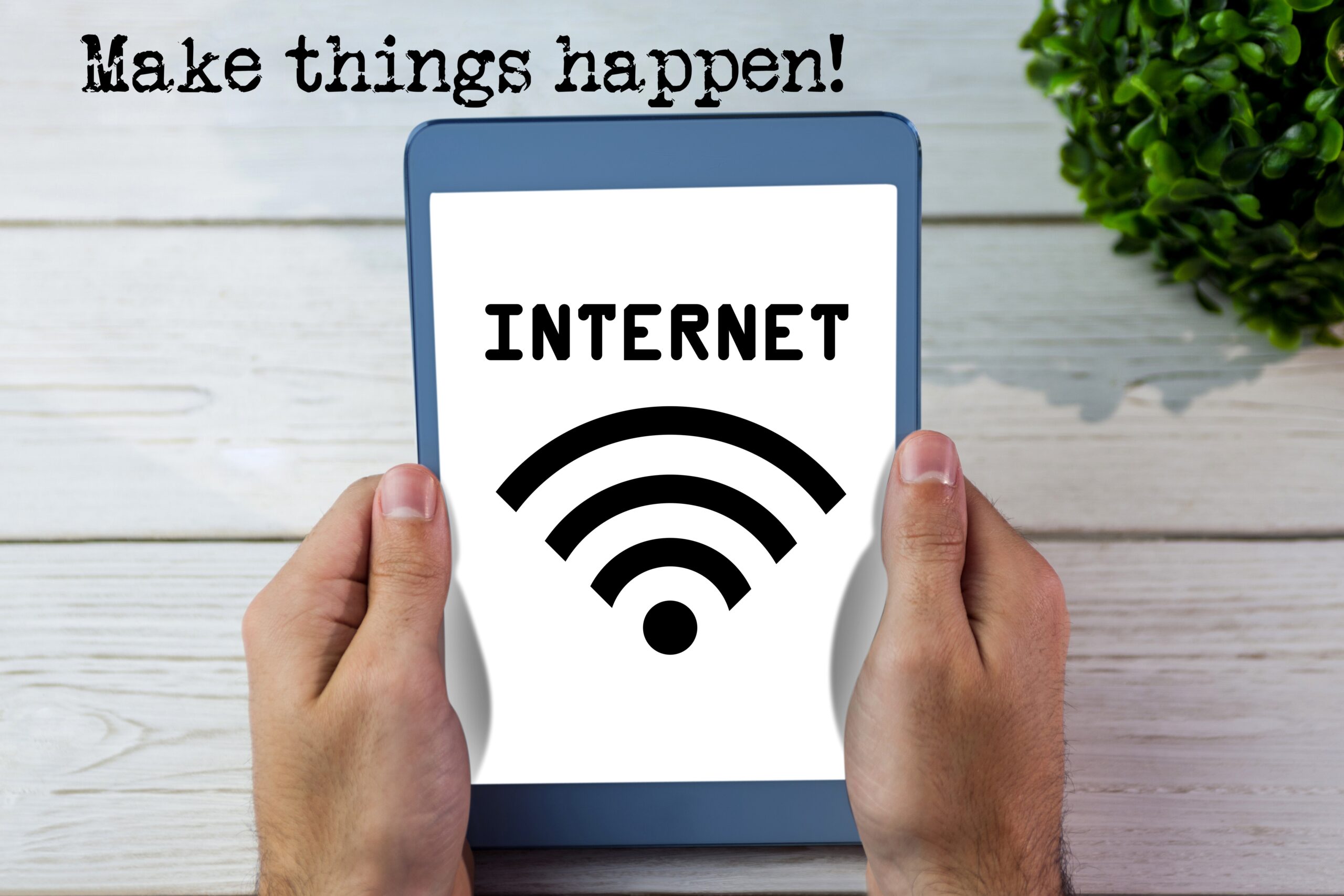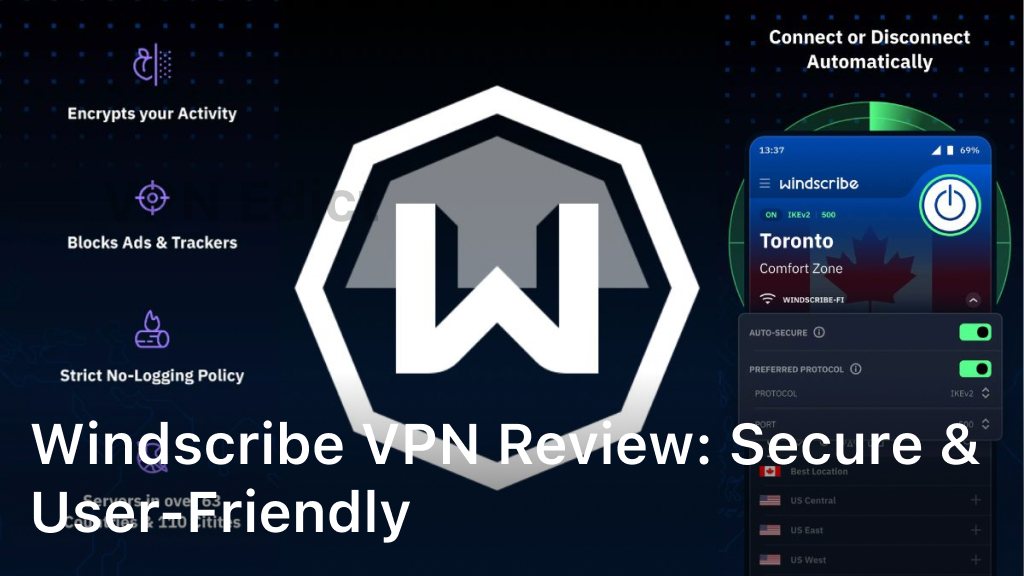Understanding the Basics: What is a Hotspot and How Does it Work?
As a writer, I am always on the go, and sometimes I need to work outside of the office. This can be a bit challenging as I need to stay connected to the internet to get my work done. This is where hotspots come in handy. In this article, I will be discussing the basics of What is a Hotspot, how they work, and the benefits of using them.
Introduction to hotspots
A hotspot is a physical location where people can access the internet, typically using Wi-Fi, through a wireless local area network (WLAN) with a router connected to an internet service provider. Hotspots are commonly found in public areas such as airports, cafes, hotels, and libraries. They are also available in private homes and businesses, providing internet access to guests, customers, and employees.
In today’s interconnected world, hotspots have become an integral part of our digital lives. Whether we’re on the go or in a remote location, hotspots provide us with convenient wireless connectivity. But have you ever wondered how these hotspots actually work?, we will delve into the fascinating world of hotspots, exploring their technology, functionality, and the underlying mechanisms that power these wireless networks.
Definition of a hotspot
A hotspot is a wireless access point that provides internet access to devices that are within range of the hotspot’s signal. Hotspots are often provided by businesses or organizations, and they can be free or paid services. They can also be created by individuals using their own mobile devices or routers.
How hotspots work
Hotspots work by using a wireless router to connect to the internet. The router then creates a wireless network that devices can connect to. When you are within range of the wireless network, you can connect to it using your device’s Wi-Fi settings. Once you are connected to the network, you can access the internet just like you would if you were connected to a wired network.
- Understanding Hotspots: An Overview
- Definition and purpose of hotspots
- Different types of hotspots (portable, smartphone-based, in-car, etc.)
- Advantages and benefits of using hotspots
- The Technology Behind Hotspots
- Wireless communication protocols: Wi-Fi, Bluetooth, and cellular data
- The role of routers and access points in creating hotspots
- Wi-Fi standards and frequencies used in hotspot connectivity
- Creating a Hotspot: Step-by-Step Process
- Configuring a mobile hotspot on your smartphone
- Setting up a dedicated hotspot device (MiFi)
- Establishing a hotspot connection with a router or access point
- Hotspot Connectivity: How Devices Stay Connected
- Authentication and security measures in hotspot connections
- Network discovery and association process
- Bandwidth allocation and data transmission in hotspots
- Hotspot vs. Wi-Fi: Understanding the Differences
- Differentiating between hotspots and traditional Wi-Fi networks
- Pros and cons of using hotspots compared to Wi-Fi
- Securing Your Hotspot Connection
- Best practices for securing your hotspot network
- Using VPNs for enhanced privacy and security
- Avoiding common security pitfalls when using public hotspots
- Managing Data Usage on Hotspots
- Understanding data caps and limitations
- Data monitoring and management tools for hotspot usage
- Tips for optimizing data consumption on hotspots
- The Future of Hotspot Technology
- Advancements in hotspot technology and connectivity
- 5G and its impact on hotspot performance
- Potential use cases and innovations in hotspot applications
Types of hotspots
There are different types of hotspots available, including public hotspots, private hotspots, and mobile hotspots. Public hotspots are typically found in public areas such as airports, cafes, and libraries, and they are often free to use. Private hotspots are created by individuals or businesses and require a password to access. Mobile hotspots are created by mobile devices such as smartphones and tablets and provide internet access to other devices using cellular data.
Benefits of using hotspots
One of the main benefits of using hotspots is that they provide internet access in areas where wired internet is not available. This is particularly useful when traveling or working outside of the office. Hotspots can also be more convenient than using a wired internet connection as they allow you to connect multiple devices at once. Additionally, many hotspots are free to use, which can be a cost-effective option for those who do not want to pay for a dedicated internet connection.
Hotspot usage statistics
According to a report by the Wi-Fi Alliance, there were over 362 million public Wi-Fi hotspots worldwide in 2019. The report also found that the number of Wi-Fi hotspots is expected to grow by 20% annually, reaching 628 million by 2023. This indicates that hotspots are becoming an increasingly popular way for people to access the internet.
How to find and connect to hotspots
To find hotspots in your area, you can use a Wi-Fi hotspot finder app or website. These tools allow you to search for hotspots by location and provide information on the network name and password. To connect to a hotspot, you will need to turn on your device’s Wi-Fi and select the network from the list of available networks. If the hotspot is password-protected, you will need to enter the password to connect.

Internet Hotspot is closely related to the types of mobile phones that we use, so use smartphones that support your internet faster and hotspots can be used, the best smartphone recommendations in 2023
Security concerns with hotspots
While hotspots can be a convenient way to access the internet, they can also be a security risk. Public hotspots, in particular, can be vulnerable to hackers who can intercept data transmitted over the network. To protect your data, it is important to use a virtual private network (VPN) when connecting to a hotspot. A VPN encrypts your data and protects it from prying eyes.
Hotspot providers and pricing
There are many hotspot providers available, including mobile carriers, internet service providers, and third-party providers. Pricing for hotspots varies depending on the provider and the type of hotspot. Some providers offer free hotspots, while others charge a monthly fee or require a contract. It is important to research different providers and compare pricing and features before choosing a hotspot.
Conclusion – the future of hotspots
Hotspots are becoming an increasingly popular way for people to access the internet, and their usage is expected to continue to grow in the coming years. As technology continues to evolve, we can expect to see new types of hotspots and improvements in their speed and security. Hotspots are a convenient and cost-effective way to stay connected to the internet, and with the right precautions, they can be used safely and securely.
In conclusion, hotspots are a great way to stay connected to the internet when you are on the go. They provide internet access in areas where wired internet is not available, and they can be more convenient and cost-effective than using a wired connection. However, it is important to be aware of the security risks associated with using hotspots and to take steps to protect your data. With the right precautions, hotspots can be a safe and reliable way to access the internet.




